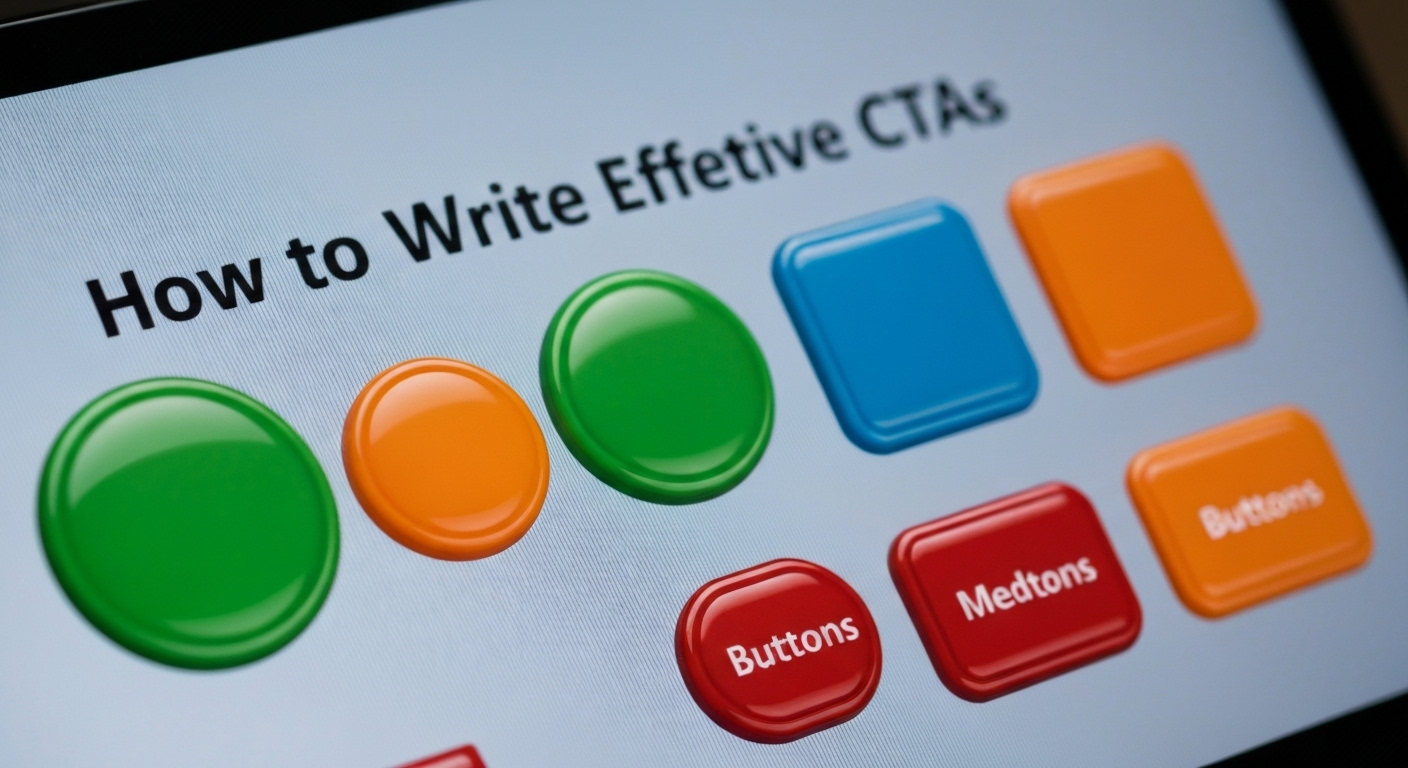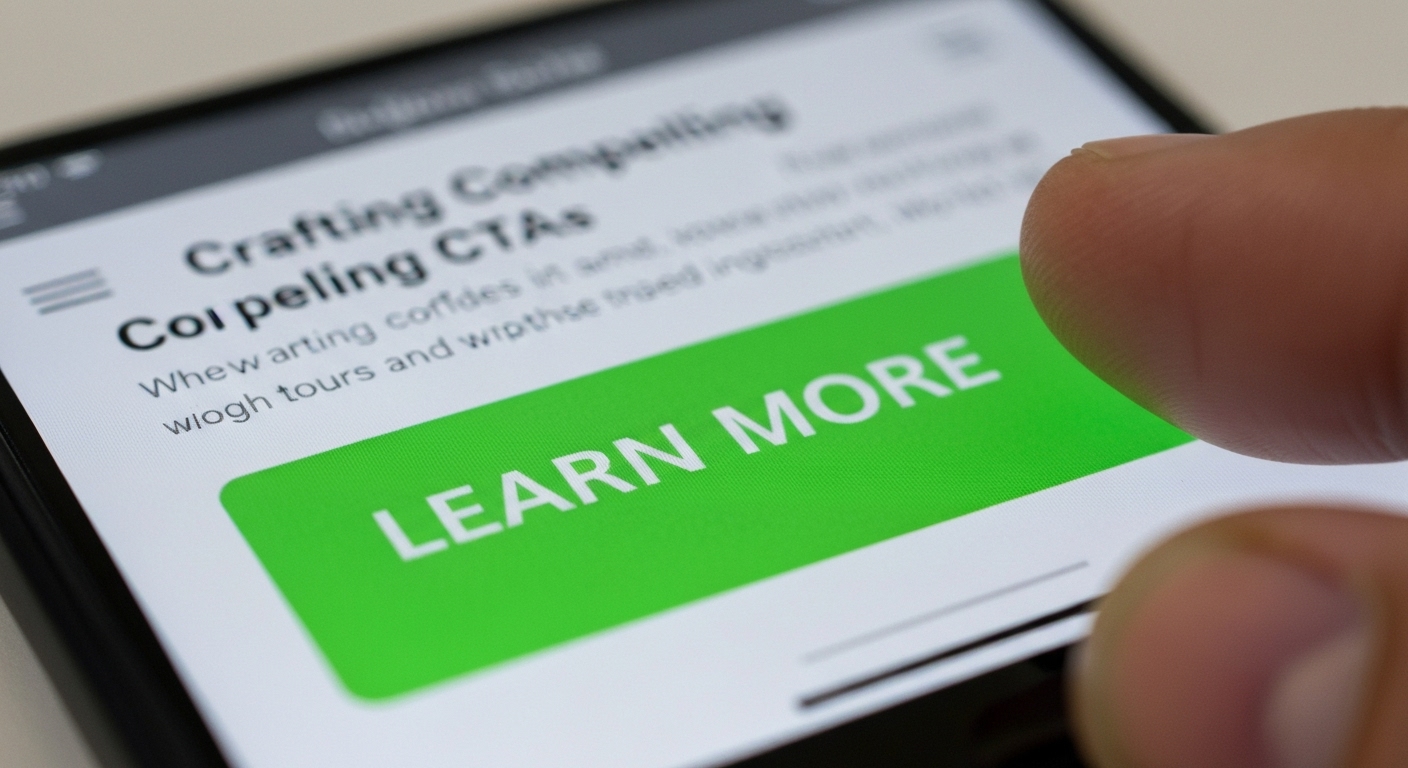How to Write an Effective Call to Action : A Comprehensive Guide
How to write an effective call to action is crucial for driving conversions and achieving your marketing goals. A well-crafted CTA can be the difference between a visitor passively browsing your site and taking the desired action, whether that’s making a purchase, signing up for a newsletter, or requesting a demo.
Understanding the Power of a Compelling Call to Action
A call to action (CTA) is an instruction to your audience designed to provoke an immediate response. It’s a vital component of any marketing campaign, website design, or advertisement. The primary purpose of a CTA is to guide users towards a specific action that aligns with your business objectives. Without a clear and compelling CTA, potential customers may not know what to do next, leading to lost opportunities.

Key Elements of an Effective Call to Action
Several elements contribute to the effectiveness of a CTA. These include clarity, relevance, urgency, and visual appeal. Let’s explore each of these in detail.
Clarity and Conciseness
Your CTA should be clear and concise, leaving no room for ambiguity. Use strong action verbs and straightforward language to communicate exactly what you want the user to do. Avoid jargon or overly complex phrasing that could confuse or deter potential customers. A clear CTA tells users exactly what they will get by clicking.

Relevance to the User’s Needs
The CTA should be relevant to the user’s current needs and interests. Consider the context in which the CTA is presented and tailor the message accordingly. For example, if a user is reading a blog post about email marketing, a relevant CTA might be “Download our free email marketing guide” or “Start Your Free Trial.” Make sure the offering aligns with the audience’s interests at that moment.
Creating a Sense of Urgency
Incorporating a sense of urgency can significantly increase the effectiveness of your CTAs. Use words like “Now,” “Today,” or “Limited Time Offer” to encourage immediate action. Creating a sense of scarcity or highlighting the potential benefits of acting quickly can motivate users to click.

Visual Appeal and Design
The visual design of your CTA is just as important as the message itself. Use contrasting colors to make the CTA stand out from the rest of the page. Choose a font that is easy to read and a button size that is appropriate for the screen size. Ensure the CTA is visually appealing and draws the user’s attention.
How to Write an Effective Call to Action: Step-by-Step Guide
Follow these steps to craft CTAs that convert:
- Define Your Goal: What specific action do you want users to take?
- Know Your Audience: Understand their needs, interests, and pain points.
- Choose the Right Words: Use strong action verbs and compelling language.
- Create Urgency: Add a sense of urgency to encourage immediate action.
- Design Visually Appealing Buttons: Use contrasting colors and clear fonts.
- Test and Optimize: A/B test different CTAs to see what works best.
Call to Action Examples and Best Practices
Let’s look at some call to action examples and CTA best practices that you can implement today.
Effective Call to Action Phrases
- “Get Started Now”
- “Sign Up for Free”
- “Download Now”
- “Learn More”
- “Request a Demo”
- “Contact Us Today”
- “Claim Your Discount”
Call to Action Button Design
When it comes to call to action button design, consider the following:
- Color: Use colors that contrast with the background.
- Size: Make the button large enough to be easily seen and clicked.
- Shape: Experiment with different shapes, such as rounded or square buttons.
- Placement: Place the CTA in a prominent location on the page.

Optimizing Your Call to Action for Conversion Optimization
Conversion optimization is the process of improving your website or landing page to increase the percentage of visitors who take a desired action. Your CTAs play a central role in conversion optimization. To maximize their impact, it’s important to test different variations and track the results.
A/B Testing Your CTAs
A/B testing involves creating two versions of a CTA (A and B) and showing each version to a different segment of your audience. By tracking the performance of each version, you can identify which CTA generates more clicks and conversions. Test different aspects of your CTAs, such as the wording, color, size, and placement. Use the insights to continually refine your CTAs for optimal performance.
Analyzing Your Call to Action Performance
Use web analytics tools to track the performance of your CTAs. Monitor metrics such as click-through rate (CTR), conversion rate, and bounce rate. Analyze the data to identify areas for improvement and optimize your CTAs accordingly.
The Role of CTAs in Marketing Copywriting
In marketing copywriting, CTAs are the final and most crucial element of your message. They bridge the gap between persuasive content and desired action. A well-written CTA is the culmination of all your persuasive efforts, guiding the reader toward the ultimate goal.
Integrating CTAs Seamlessly
CTAs should not feel forced or out of place. They should flow naturally from the surrounding content and feel like a logical next step for the reader. Avoid interrupting the user’s experience with jarring or irrelevant CTAs.
Matching CTAs to the Content
The content preceding your CTA should prepare the reader for the action you want them to take. If you’re asking them to purchase a product, the content should highlight the product’s benefits and address any potential concerns. If you’re asking them to sign up for a newsletter, the content should emphasize the value of your email updates.
Improving Website Conversion with Effective CTAs
Optimizing your CTAs is essential for improving overall website conversion rates. When done effectively, this significantly contributes to increase conversions on your website.
Strategic Placement of CTAs
Place your CTAs in prominent locations on your website where they are likely to be seen. This includes above the fold (the area visible without scrolling), within the body of your content, and at the end of your content. Also, consider placing them strategically in sidebars or pop-up windows. However, ensure that the placement does not disrupt the user experience.
Mobile Optimization of CTAs
Ensure your CTAs are mobile-friendly. Mobile users have different browsing habits and expectations than desktop users. Make sure your CTAs are easily clickable on smaller screens and that the surrounding content is also optimized for mobile viewing.

Developing a Call to Action Strategy
A call to action strategy is a plan of how to use CTAs effectively across your website and marketing campaigns. This strategy should be aligned with your overall business objectives and take into account your target audience’s needs and preferences.
Defining Your Target Audience
Before developing your CTA strategy, it’s important to have a clear understanding of your target audience. Who are they? What are their needs? What motivates them? Use this information to tailor your CTAs to their specific interests and preferences. Consider creating buyer personas to represent your ideal customers. This can help you develop more targeted and effective CTAs.
Setting Clear Goals and Objectives
What do you want to achieve with your CTAs? Do you want to increase sales? Generate leads? Drive traffic to your website? Set clear goals and objectives for your CTA strategy. This will help you measure your progress and determine whether your efforts are paying off. For example, set a goal to increase click-through rates by a certain percentage or to generate a specific number of leads per month.
Measuring and Refining Your Call to Action Efforts
The process of creating effective CTAs is iterative. You should regularly measure the performance of your CTAs and refine them based on the results. Use web analytics tools to track key metrics such as click-through rate, conversion rate, and bounce rate. Analyze the data to identify areas for improvement.
Continuous Improvement
Stay up-to-date with the latest trends and best practices in CTA design and copywriting. Experiment with different variations of your CTAs to see what works best for your audience. Never stop testing and refining your CTAs to maximize their impact.
For further insights on crafting compelling marketing messages, resources like FTC.gov provide valuable guidance.
If you’re looking for effective tools to manage and optimize your online campaigns, explore solutions at flashs.cloud.
Conclusion
Mastering how to write an effective call to action is an essential skill for any marketer or website owner. By following the principles outlined in this guide, you can create CTAs that drive conversions, achieve your business goals, and significantly increase conversions. Remember to be clear, relevant, urgent, and visually appealing. Test and optimize your CTAs regularly to ensure they are performing at their best.
HOTLINE
+84372 005 899


